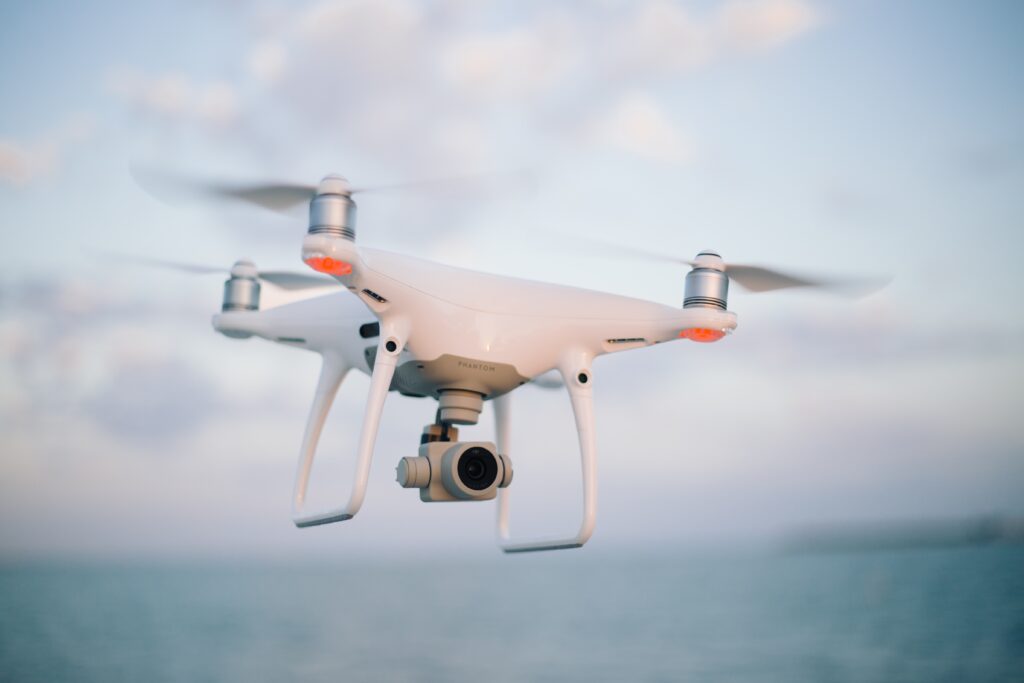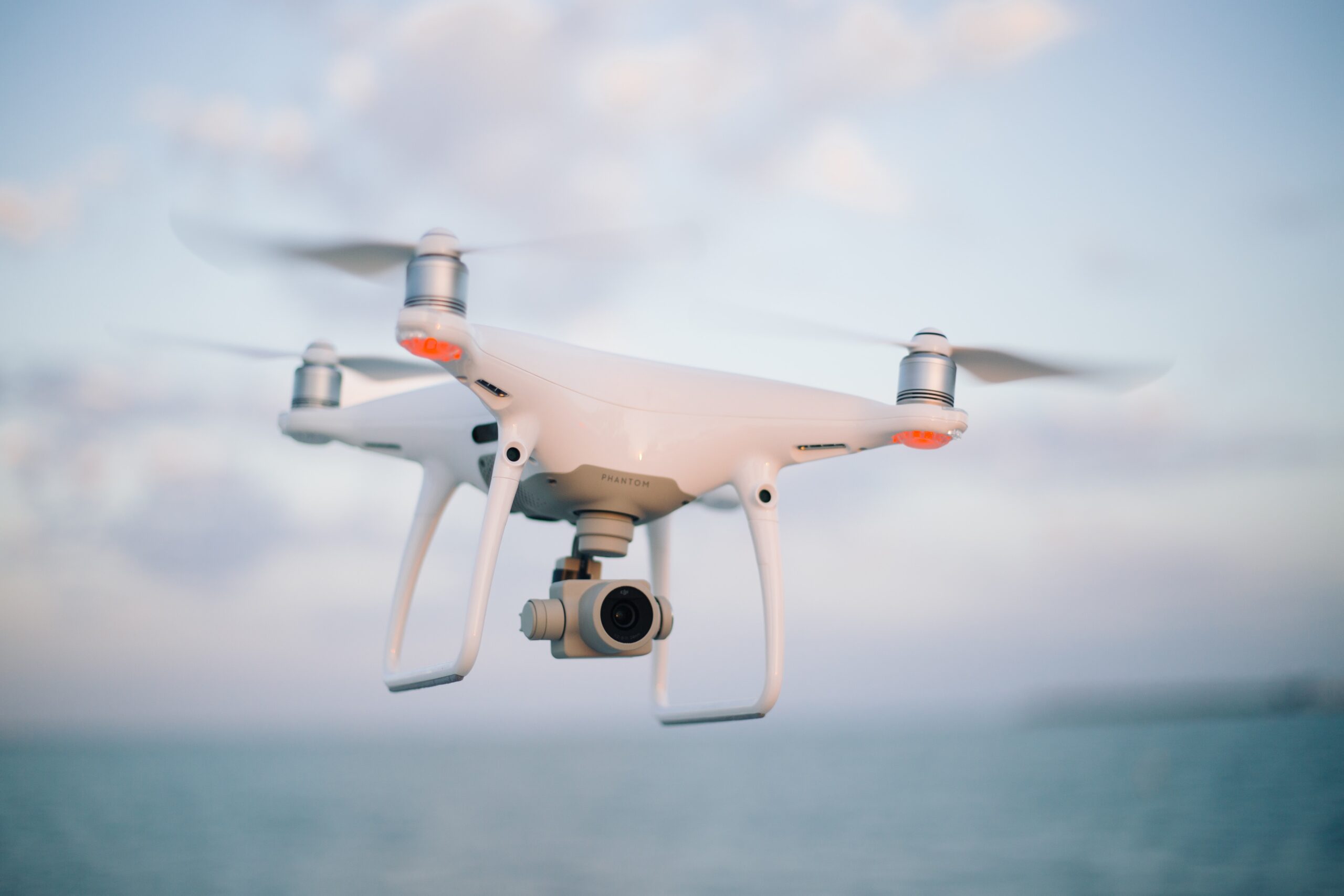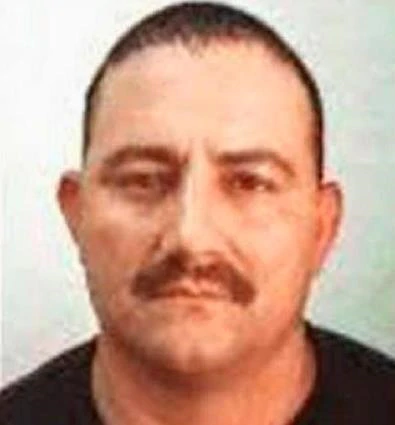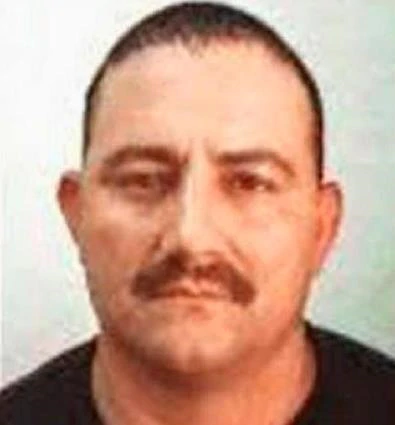Author: Latin America Team - ITSS Verona
The ever-changing nature of the drug trafficking scene
The drug trafficking scene is ever-changing, with new actors emerging and a myriad of traffickers constantly adapting to the latest measures by law enforcement and exogenous circumstances. Amid the challenges posed by the COVID-19 pandemic, drug traffickers have adapted their modus operandi by increasing their use of the dark web and social media platforms to sell drugs, opting for contactless mail transactions and enabling payments through cryptocurrency. As a result, drug markets on the dark web are now worth $315 million annually. Still, many drugs –mainly manufactured in Colombia, Peru, and Bolivia– enter Europe through sea or air cargo, with the illicit substances typically concealed in food, construction materials, and commodities. However, this is not to say that drugs are not trafficked in more sophisticated ways: both drones and narco-submarines have been captured by Spanish authorities in the last few years.
Indeed, record amounts of seized cocaine have been a pattern in Europe since 2017, as the region becomes a key trans-shipment point for drugs originating in Latin America destined for the Middle East and Asia. Europe, though, has not become the epicentre of cocaine just out of pure coincidence. With a saturated United States (US) drug market, the kilogram of cocaine is sold for $60,000 in Europe, twice as much as in the US. Moreover, Europe's appeal for drug traffickers is partly due to the lower risks of asset seizure. The large volume of cargo passing through major ports, like Antwerp and Rotterdam, allows traffickers to take advantage of the sheer quantity of shipments, minimizing the chances of being caught. Thus, while Colombian, Albanian, and Italian organized crime has historically dominated Europe's cocaine trafficking, new actors have sought to exploit these vulnerabilities to enter the European drug market. For instance, Mexican cartels, albeit starting with methamphetamines, have entered Europe's cocaine market, partnering with locals to facilitate production, trafficking, and distribution. Therefore, is not only local cocaine production increasing thanks to transatlantic partnerships between Latin American and European criminal groups, but also high levels of cocaine production in Latin America have entailed an increased drug flow entering the region.
In the face of increasing drug trafficking, the European Union (EU) and member states have taken steps to stifle/stop/impede the flow of drugs:
- The drug monitoring centre: the European Union (EU) drug monitoring centre was granted an extended mandate.
- The Dutch government vowed to invest €29 million to "make main Dutch ports as unattractive as possible for international drug trafficking."
- A super-cartel was busted in November 2022.
Nevertheless, the stability of cocaine prices indicates that more is evading seizure and reaching the EU markets.
The ways drugs are trafficked are growing in their technical and organizational complexity. We do not know how long or often drones have been used to smuggle drugs. Their use, however, certainly reflects the adaptability and evolving nature of drug trafficking. Through air or sea, through submarines, cargo, or drones, drug traffickers are determined to keep their business alive and booming.
Smuggling by Air
Aerial drones are a tactical innovation by drug trafficking organizations (DTOs) to facilitate or assist in illicit trade. Denoting a learning competition, these technologies are used ostensibly to overcome and evade national and international law enforcement efforts. DTOs use these drones for various purposes, such as carrying small amounts of narcotics within and across international borders (i.e., air trafficking), conducting surveillance on law enforcement agencies, and guiding "narco-jets" full of cocaine into illegally established airstrips.
DTOs use unmanned aerial vehicles (UAVs) to smuggle drugs domestically and internationally. For instance, Mexican DTOs use multi-copters – small UAVs – to smuggle small amounts of drugs into the United States (US). For example, in 2017, a drone carrying approximately USD 46,000 of methamphetamine successfully crossed into San Diego County, where the package was to be delivered to a local contact. Similarly, DTOs operating in Morocco use various UAV types to successfully air traffic narcotics over the Strait of Gibraltar into Spain and Portugal. In 2021, Spanish police intercepted a large fixed-wing UAV operated by a French DTO attempting to smuggle drugs from Morocco into Spain's Sun Coast in Andalusia. At €30,000 to €150,000 a piece, this Chinese drone had a wingspan of 4.5 meters, vertical take-off ability, carrying capacity of 150 kilograms, maximum speed of 170 km/h, and could fly for over seven hours.
Beyond these UAVs' operational anonymity and cost-effectiveness, DTOs are using ship-based launching mechanisms to increase their operational capacity. This extends their air trafficking range and, thus, the number of trafficking routes. These developments, therefore, illuminate how DTOs are constantly adapting and developing new methods to evade detection and circumvent law enforcement measures.
Furthermore, these UAVs might also improve existing illicit drug trafficking operations. For example, an international drug syndicate in Australia used aerial drones to conduct surveillance on law enforcement. They attempted to smuggle 26 boxes of cocaine (worth USD 30 million) from Panama on the Spirit of Shanghai to Melbourne. Cartels have also used UAVs to guide jets full of cocaine into illegally established airstrips during night operations near the Laguna Del Tigre National Park in Guatemala. These shipments feed the northbound demand for cocaine destined for the United States. However, the sound of these drones alerts authorities to the arrival of these so-called "narco jets."
Therefore, despite UAVs seemingly improving our quality of life, they have also helped DTOs perform various functions to evade law enforcement. In this sense, the remote nature of these devices permits DTOs to operate them from anywhere, reducing the overall criminal risk involved in drug trafficking.

Smuggling by Sea
In recent years, drug cartels' use of submarine drones has become a growing concern for law enforcement agencies. As border security primarily focuses on land and air trafficking and cargo shipments, this new method of drug smuggling represents another innovative way DTOs avoid detection.
Submarine drones can be broadly categorized as either remotely operated underwater vehicles (ROVs) or uncrewed underwater vehicles (UUVs). ROVs are tethered vehicles piloted by crew members on a nearby vessel, whereas UUVs are untethered and designed for largely autonomous operation without a human operator. Narcos generally use the latter ones since they can be controlled remotely from anywhere in the world.
Since the use of underwater drones is one of the latest novelties in drug trafficking, it is not straightforward to outline the phenomenon. What is sure, however, is that it marks the beginning of a new era in global drug trafficking. For instance, in July 2022, for the first time, Spanish police seized three underwater drones that were specifically designed for smuggling drugs across the sea from Morocco. The unmanned submersibles were seemingly capable of carrying up to 200 kg of cargo each, as reported by BBC News. However, this is not the first time that Spanish authorities have discovered devices created for carrying illicit substances underwater. Before the advent of drones, "narco submarines" were used to smuggle drugs worldwide. Spanish law enforcement authorities seized the first "narco-sub" in the Atlantic Ocean off the coast of Galicia in November 2019. Still, these types of underwater devices are used today. Indeed they have not been completely replaced by submarine drones. As a point in case, on March 13, 2023, another "narco submarine" was located off the coast of Vilagarcia, in Galicia. It was about 20 meters long and could carry up to 5 tons of drugs. In this sense, the interception of this vessel marked the third episode related to drug submarines in Spain.
Nevertheless, catching these underwater devices is all but easy. According to the US federal agency "Drug Enforcement Administration" (DEA), only a quarter of the vessels are intercepted. Based on this evidence, the percentage of seized underwater drones is even lower.
For the sake of comparison, a critical difference between the two underwater vehicles is that the manned ones are significantly larger than the drones. Hence, they can carry thousands of kilograms of drugs. For instance, the first "narco-sub" seized off the coast of Galicia in November 2019 was able to transport 3 tons of cocaine. According to Corriere della Sera, the amount seized was worth about a million dollars. On the other hand, as specified by H.I. Sutton, an analyst specializing in submarines, the drone submarines found last July in Spain were made of steel with electric propulsion and were small enough to fit within a transit van, making transportation easy. Moreover, as reported above, they could carry "only" 200 kg of cargo each. Finally, what the two devices have in common is that even if they are commonly referred to as "underwater devices", in reality, both are technically semi-submersibles.
Legal challenges and regulations shortcomings
The use of drones has been greatly criticized since their spike in recent years, mostly for violating physical and behavioral privacy. They have been at the centre of international relations because of the rise of their misuses. Due to the lack of general awareness and regulation found in international and regional laws, drones have been one of the latest tools in the hands of organized crime groups. Needless to say, this surely violates international law since their use by organized crime groups represents a significant challenge for authorities. Legal implications for drones are scarce and not strong enough to tackle this new phenomenon that can only grow from now on. But what are the regulations in place now?
As drones are small and difficult to detect, it is complicated to intercept them. Not only that, but organized crime groups are also using sophisticated technology to operate these drones, making it highly arduous to track them down. Moreover, authorities are further limited by the laws governing this domain, with guidelines generally issued by the International Civil Aviation Organization (ICAO) internationally and by the European Union Aviation Safety Agency (EASA) for the EU. Generally, legislation marks that drones need to be registered, their operators must be licensed, and their use must not endanger public safety. Furthermore, both agencies also divide drones into three categories based on the risk that they might pose. That is, the higher the risk, the more licenses and authorizations the operator needs to use them in the air and the water.
Recently the "U Space Regulation" adopted by the EASA in April 2021 seeks to harmonize the requirements for drone traffic in the air to mitigate air and ground risk and regulate all types of uncrewed aircraft operation. However, the guidelines issued by ICAO and EASA still do not provide any directive for law enforcement agencies to intercept illegal activities. As a result, law enforcement agencies have their hands tied: they cannot shoot down drones or interfere with their operation, even if they are being used for illegal activities.
In Latin America (LATAM), however, this regulation has yet to take place. That is, the region still needs to have a regional organization that can monitor drones and their activities. However, Brazil and Mexico are emerging as top countries in the usage of drones, with Israel being their main supplier. In this sense, in the region, most of the control remains in the hands of the military, with domestic and international law regulations being virtually non-existent. This scenario has, thus, created problems also for human rights advocates. Therefore, although considered a powerful intelligence and operations tool used by criminal groups, drones remain a highly ungoverned grey area domestically, regionally, and internationally.
Conclusion
Undoubtedly, cutting-edge technology - such as UAVs and UUVs - will play an essential role in the learning competition between drug trafficking organizations and law enforcement. Moreover, regarding the use of drones, the narcos currently have a significant advantage over agencies that combat this activity.
First, law enforcement agencies ability to counter drug trafficking drones is constrained by a series of laws and regulations. For obvious reasons, these same limitations do not apply to narcos. Then there is an economic factor, as criminal organizations, in some cases, have greater financial resources at their disposal than law enforcement agencies.
Indeed, drones are not capable of transporting large quantities of drugs, but their operational elusiveness and anonymity offer a seemingly unbridled challenge to law enforcement., an advantage that should not be underestimated since those who are arrested often start cooperating with law enforcers.
The use of drones certainly cannot replace traditional methods of drug trafficking. Still, it can play a fundamental role in capillary supply or improving tried-and-tested methods.


